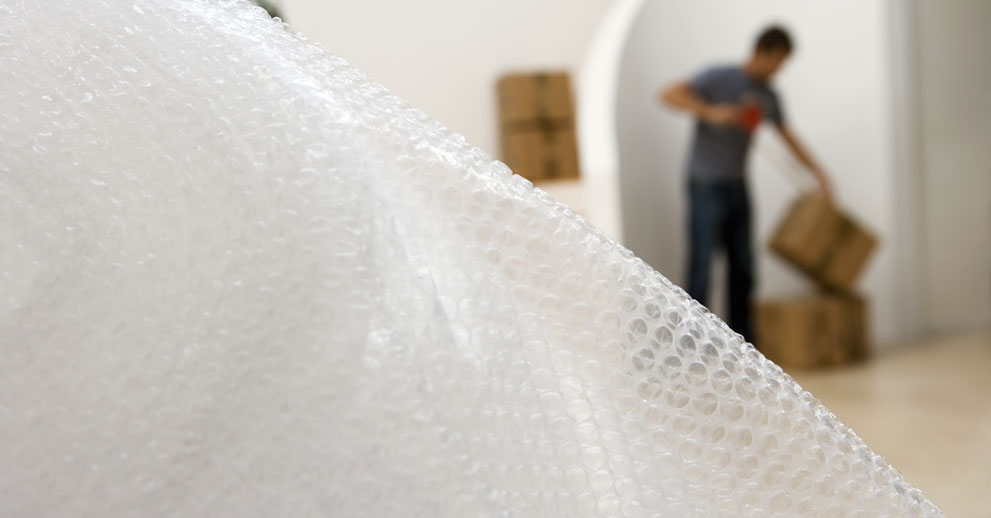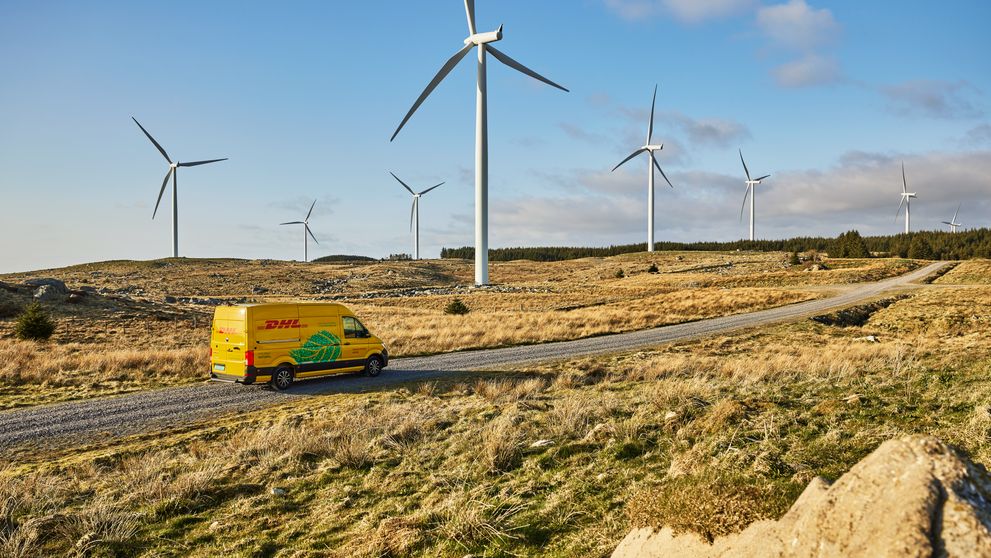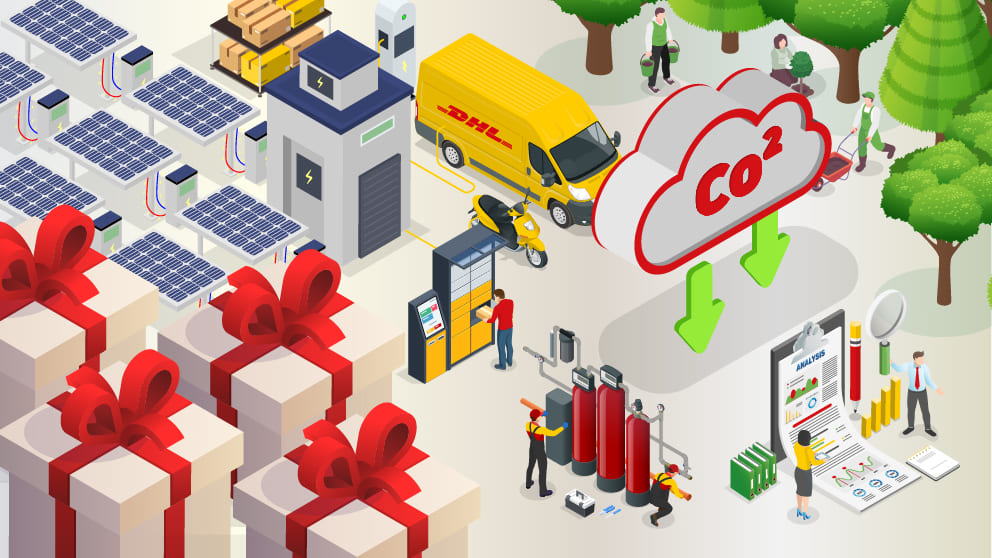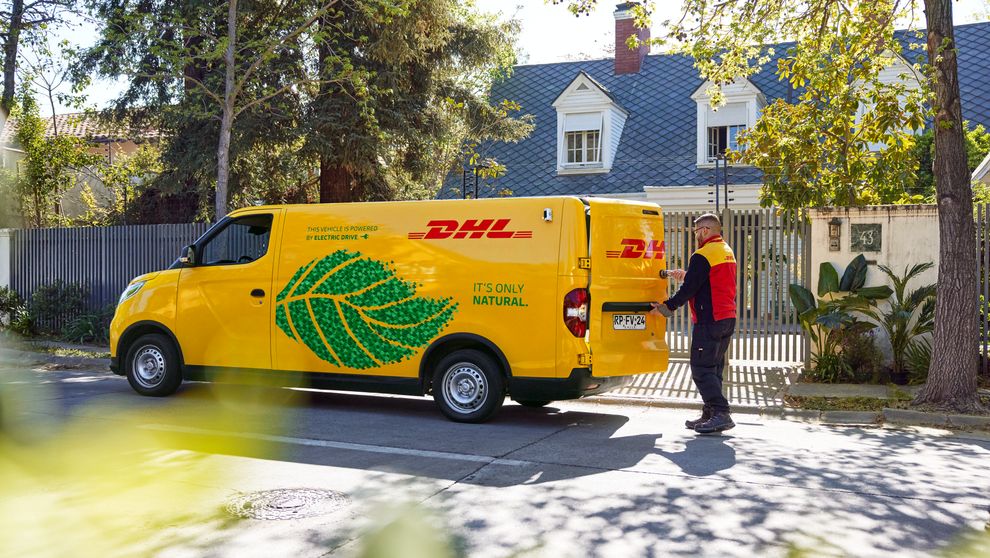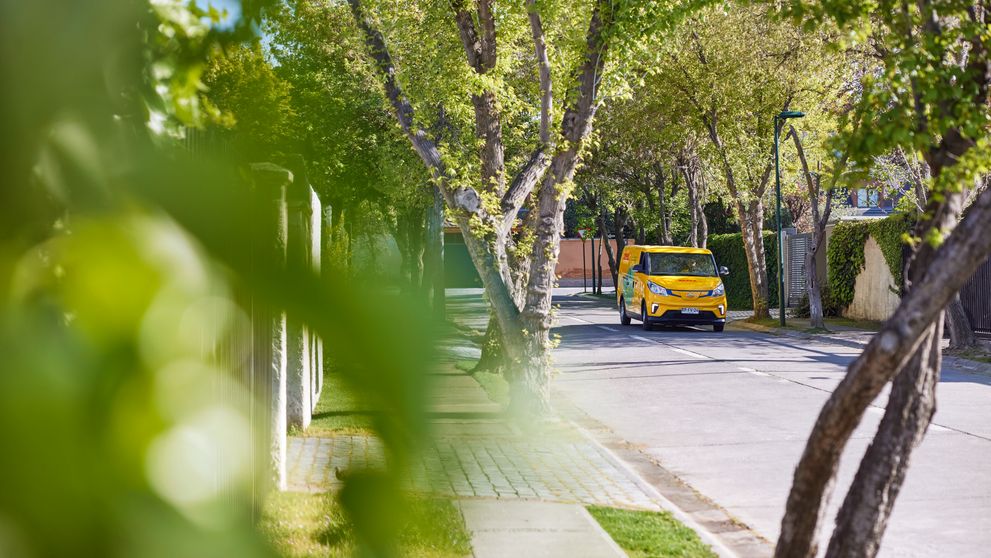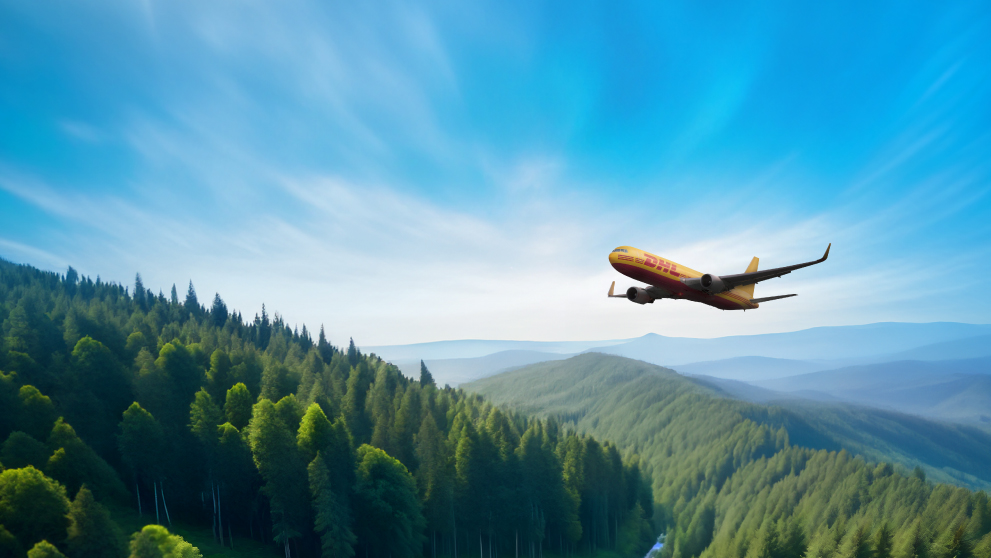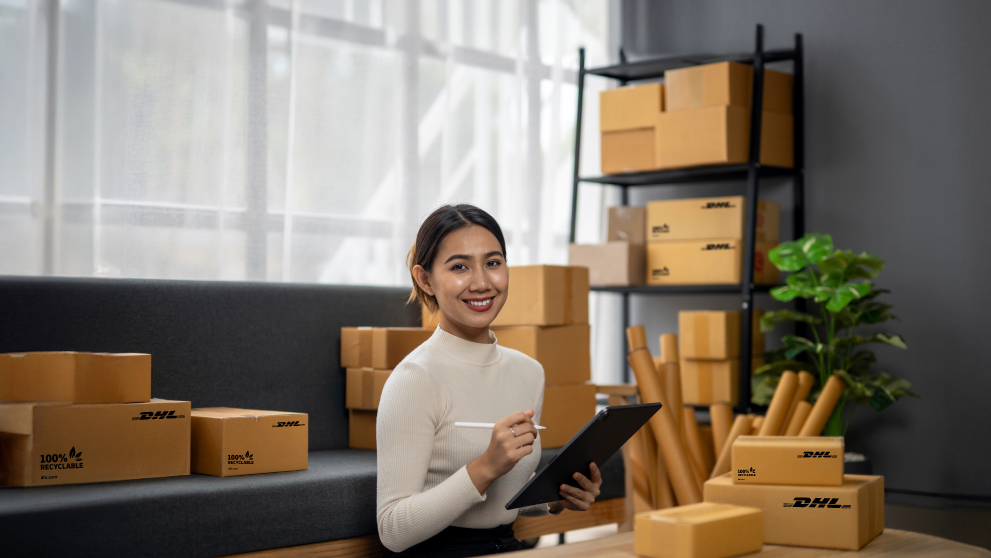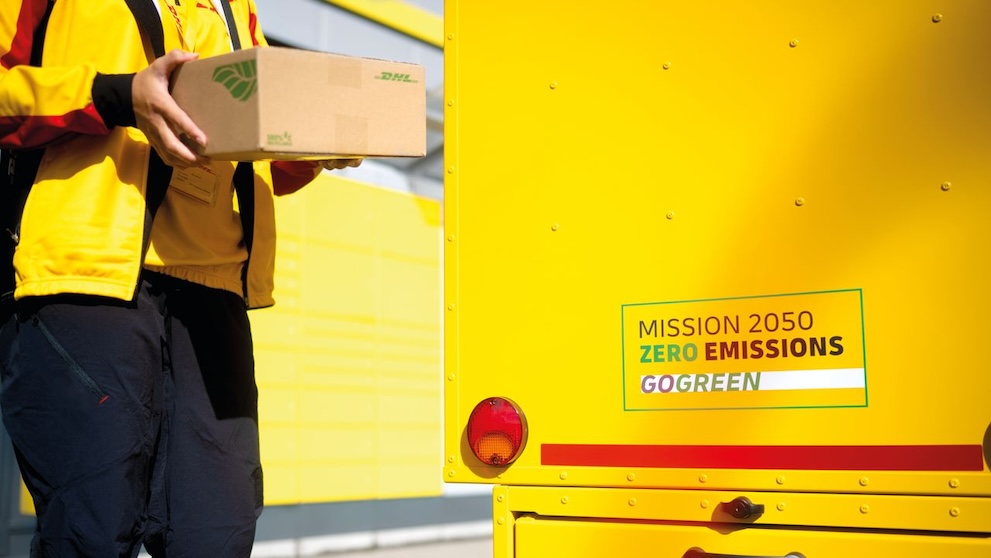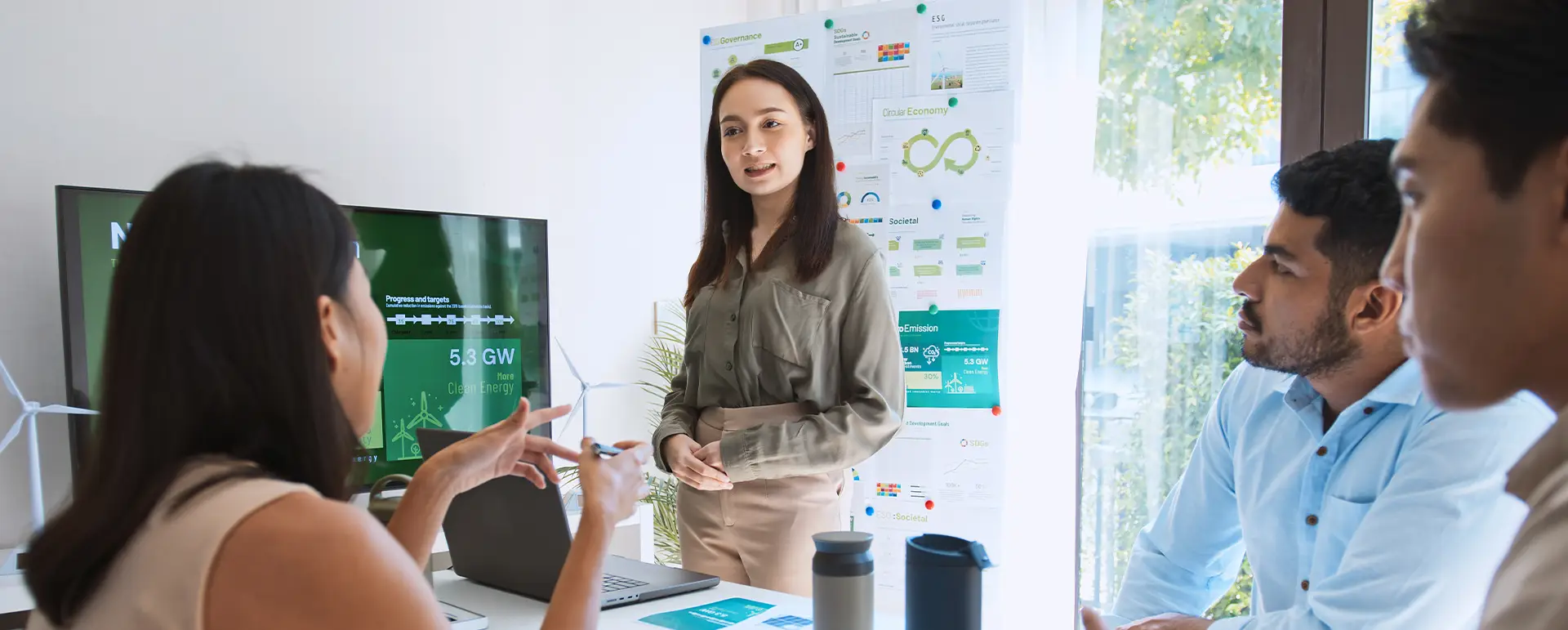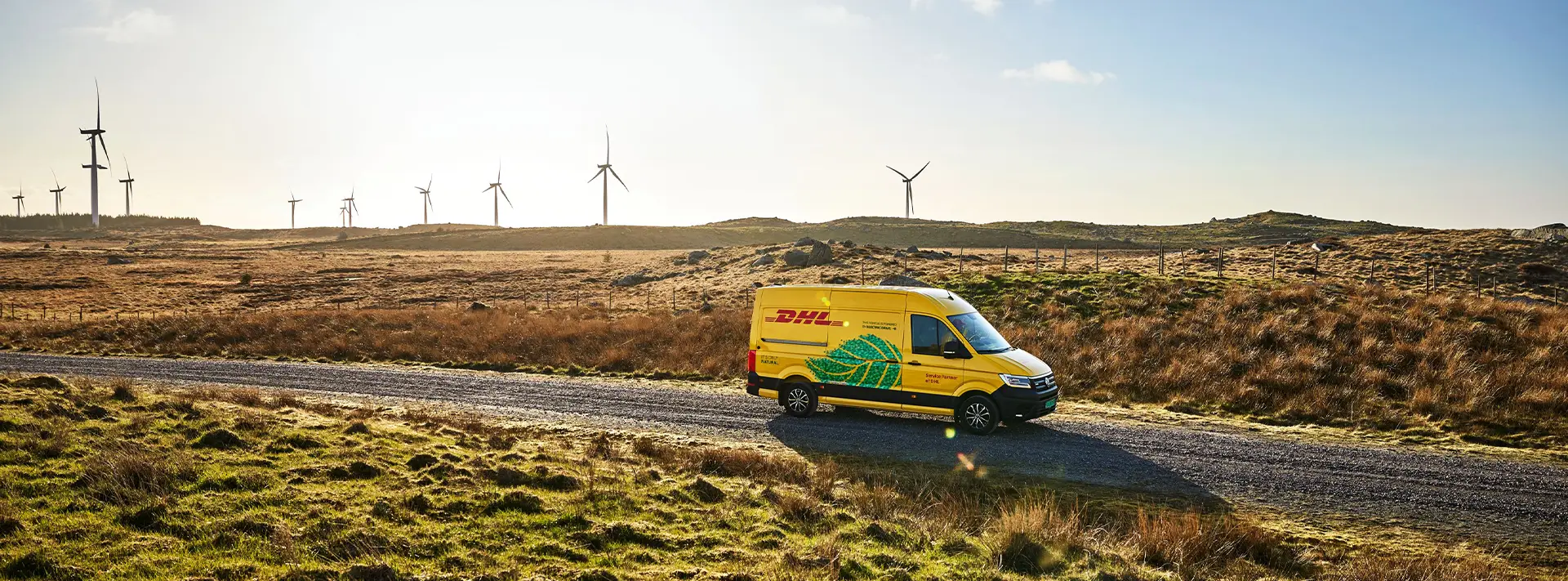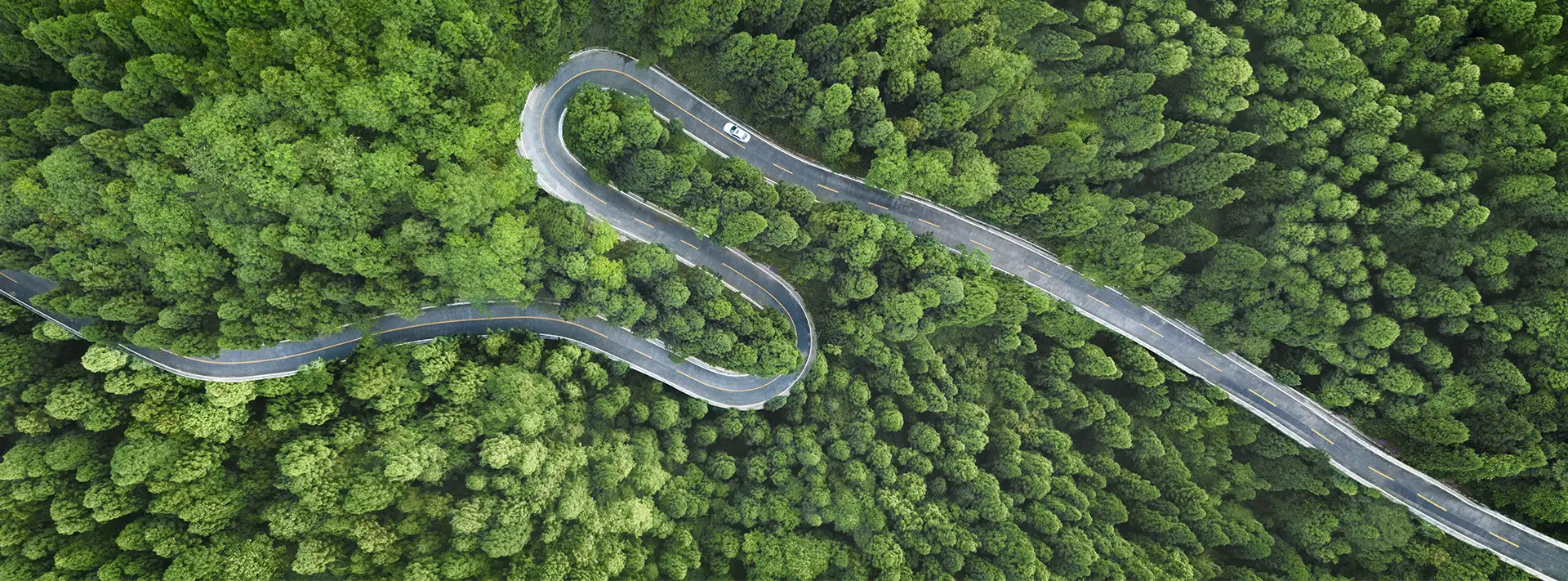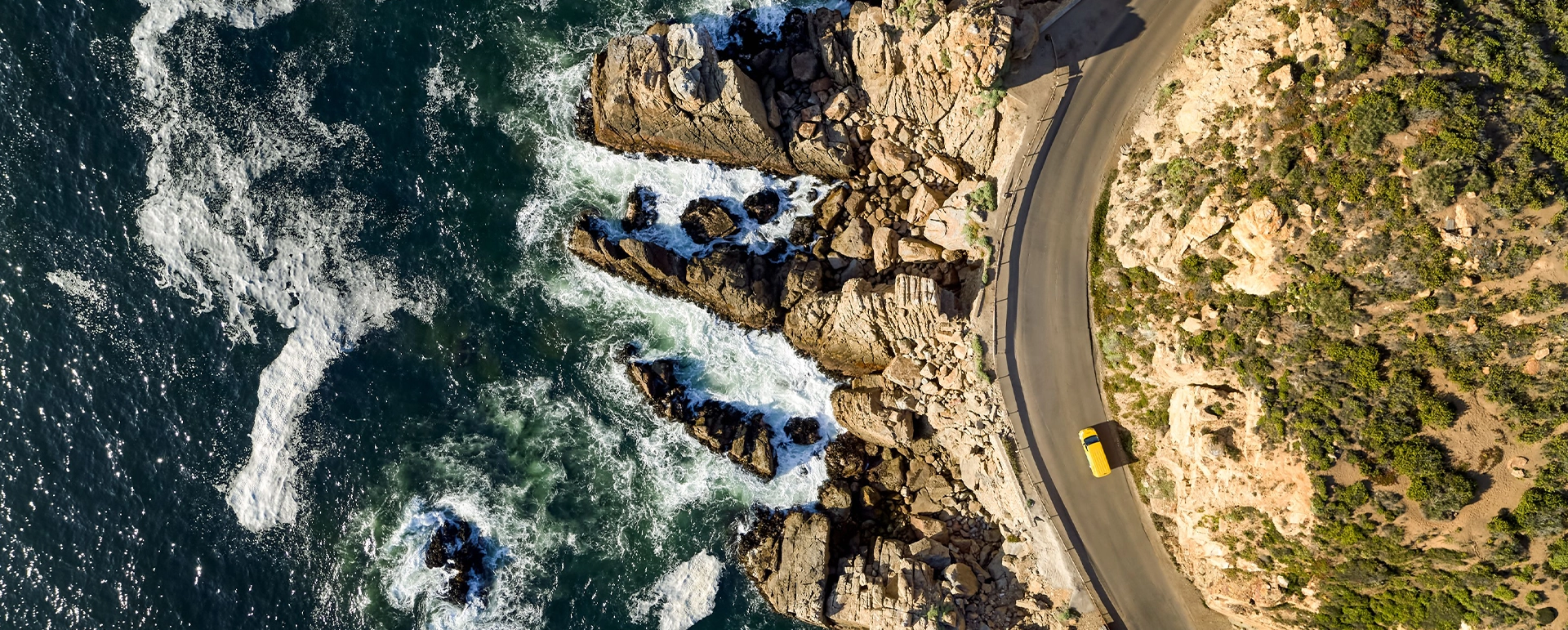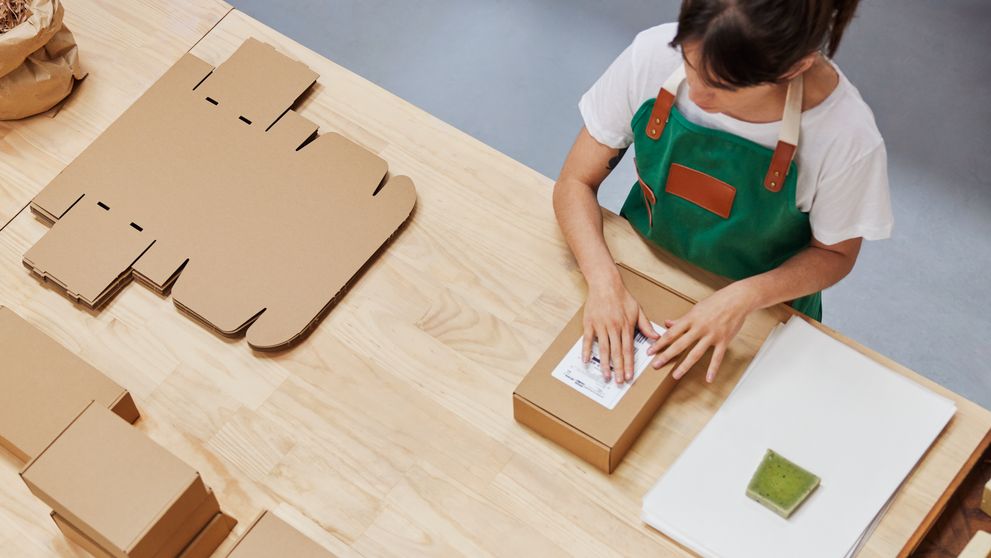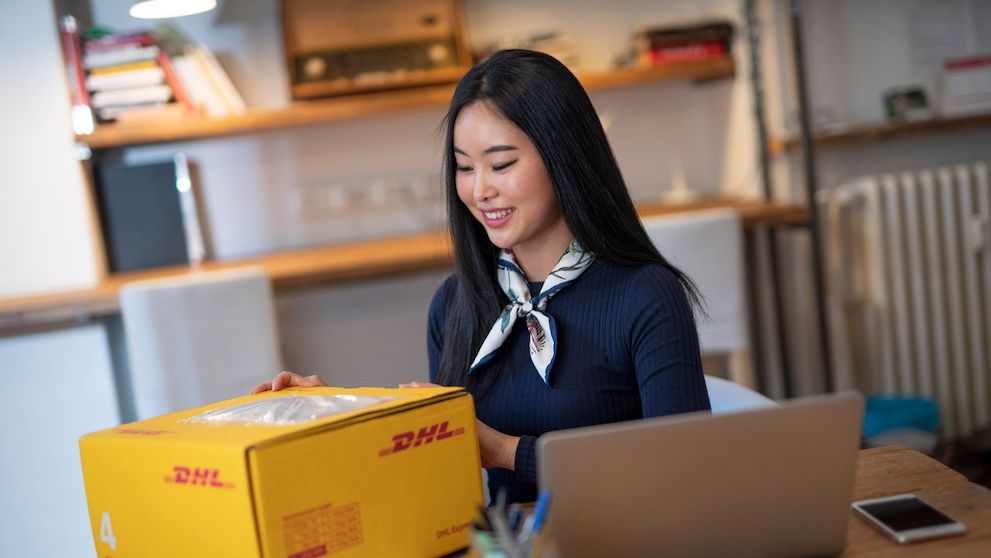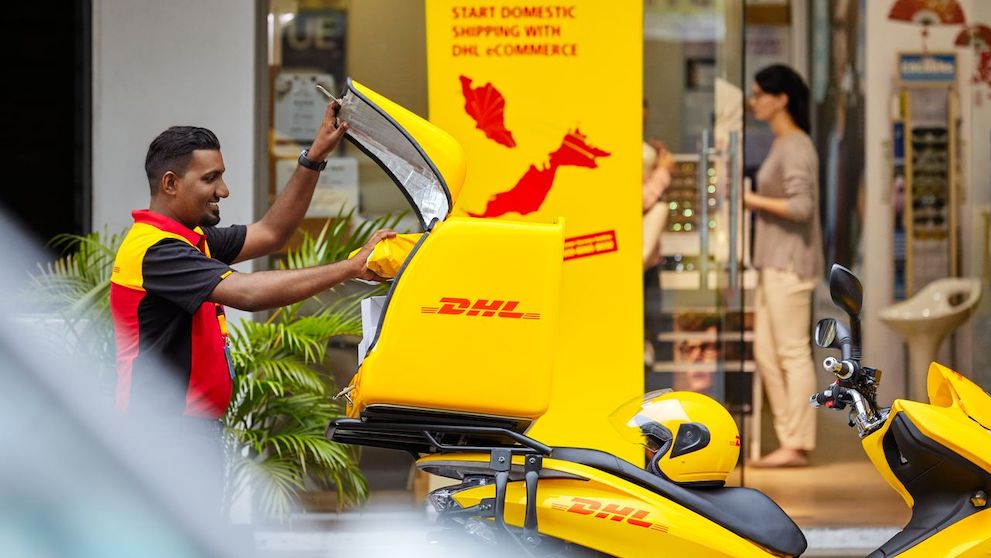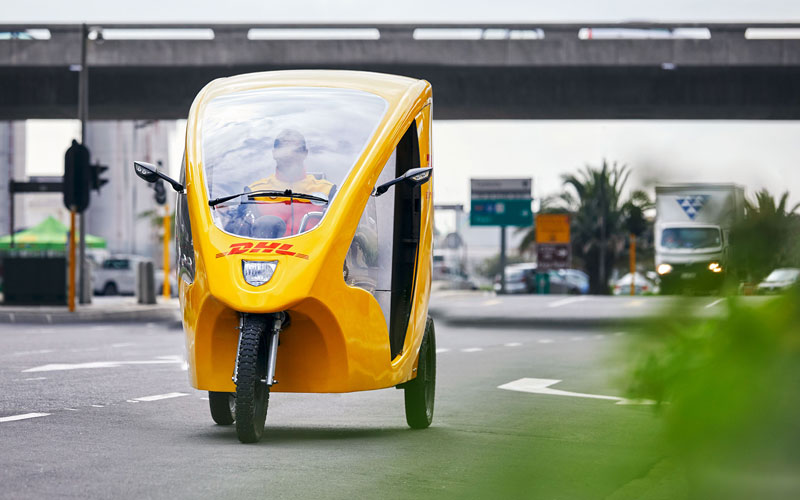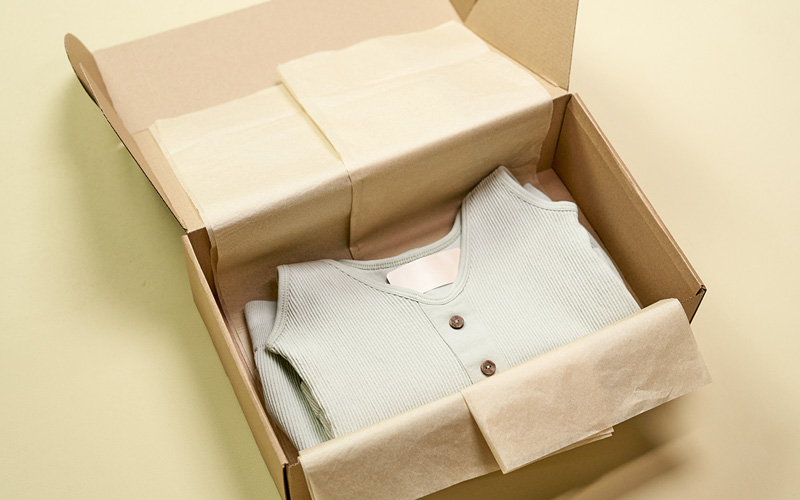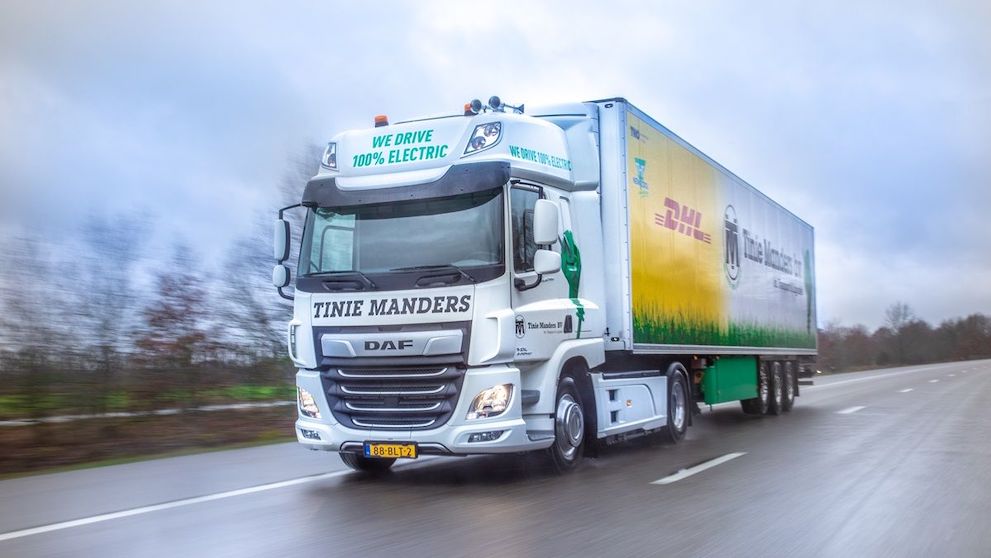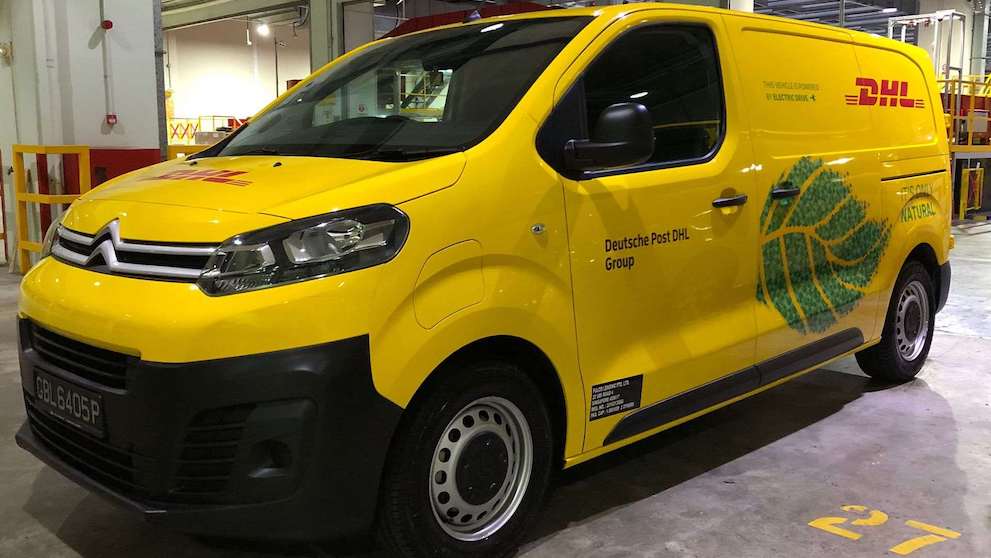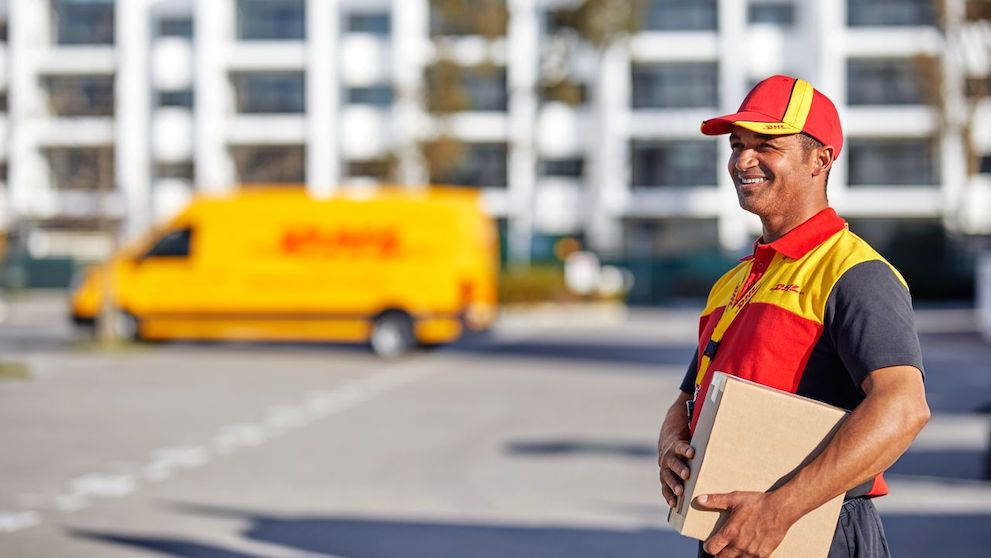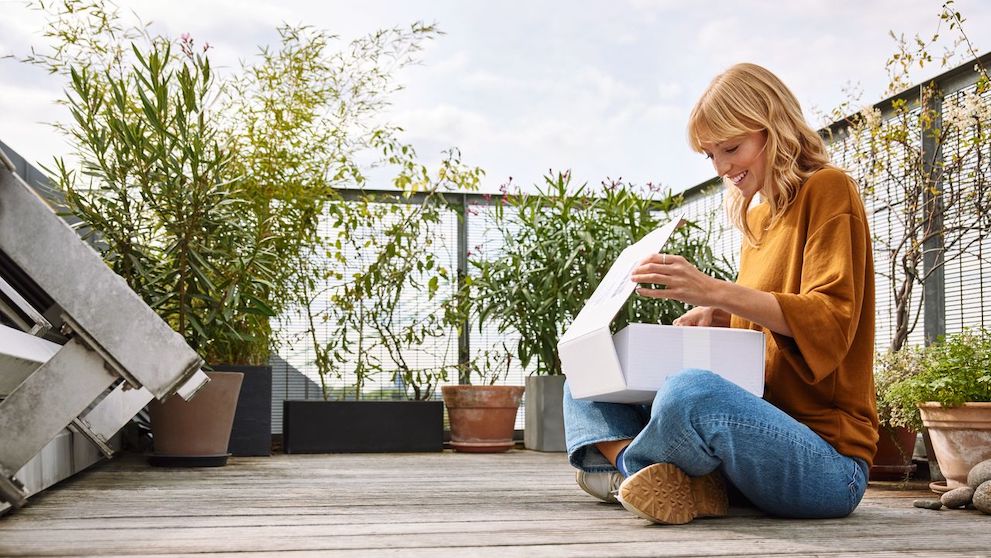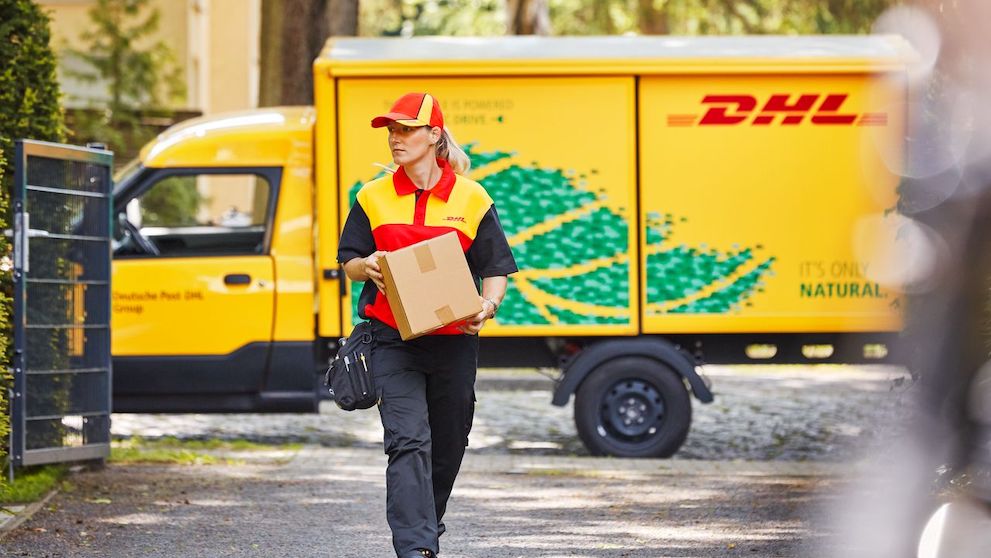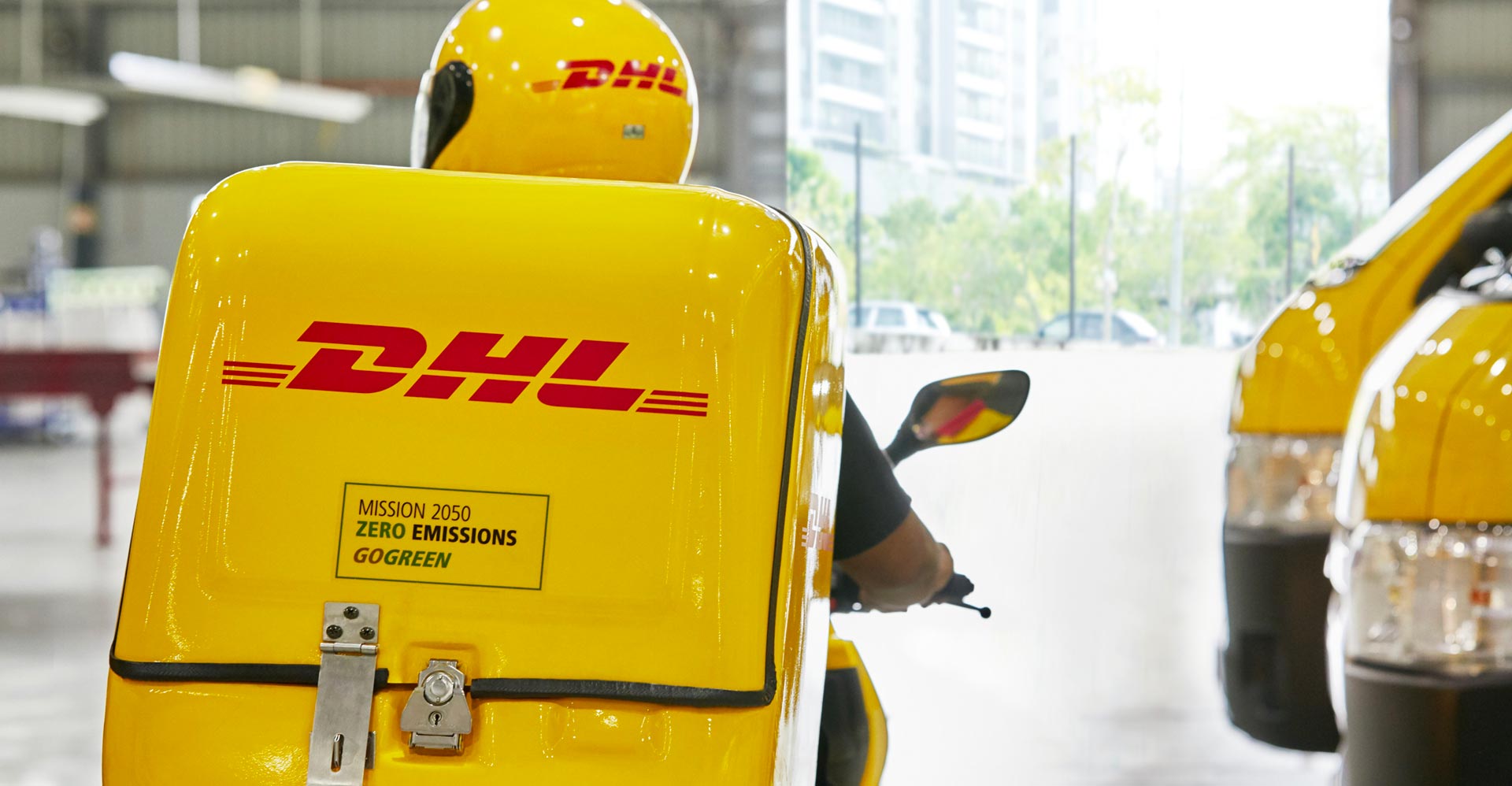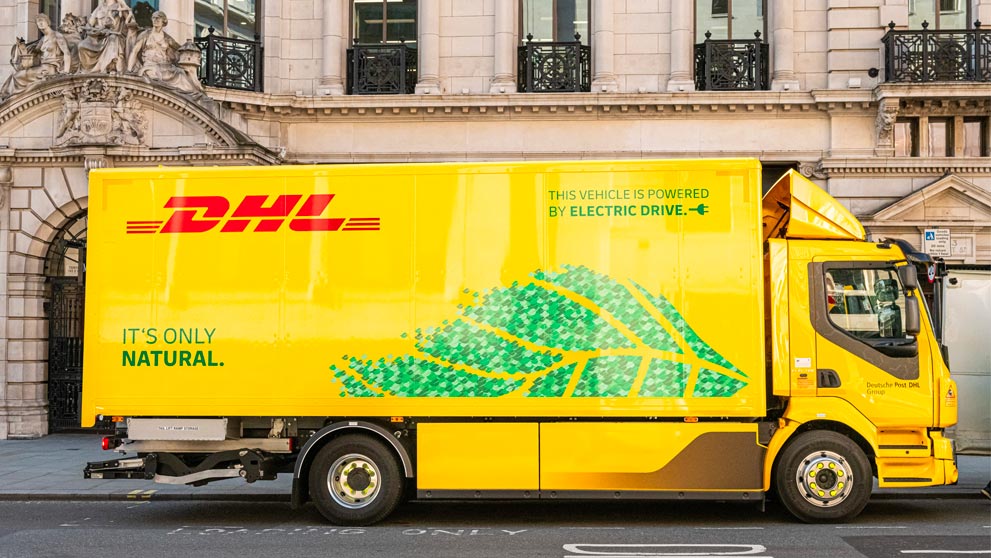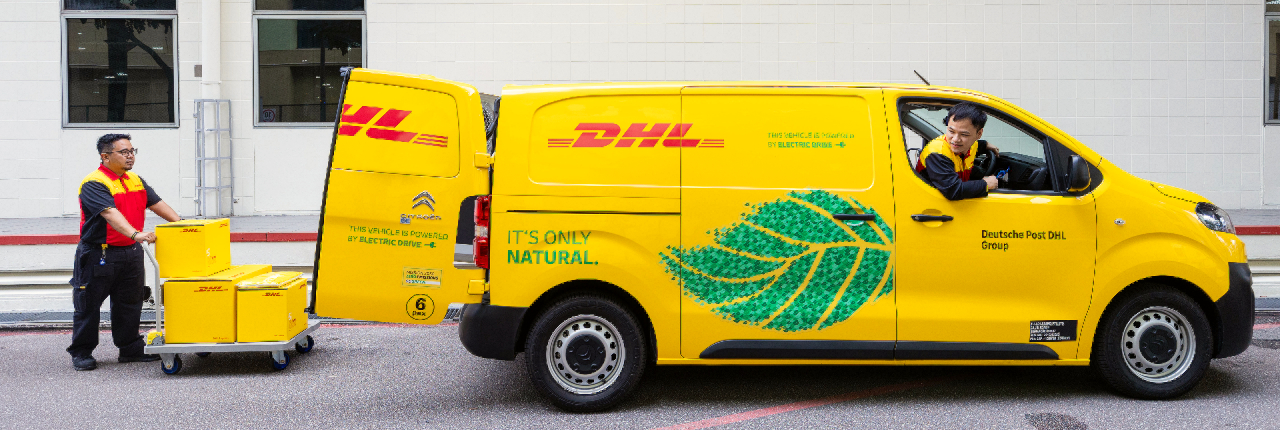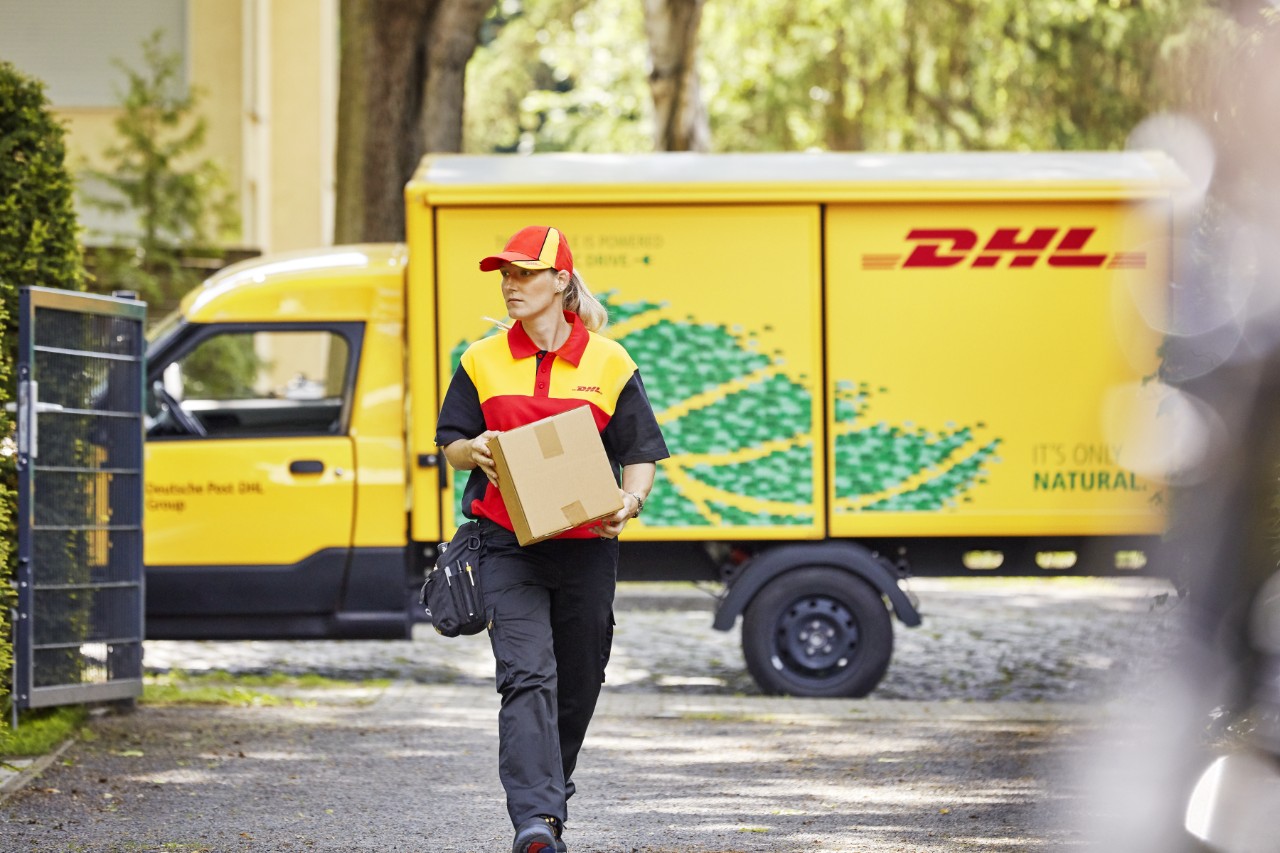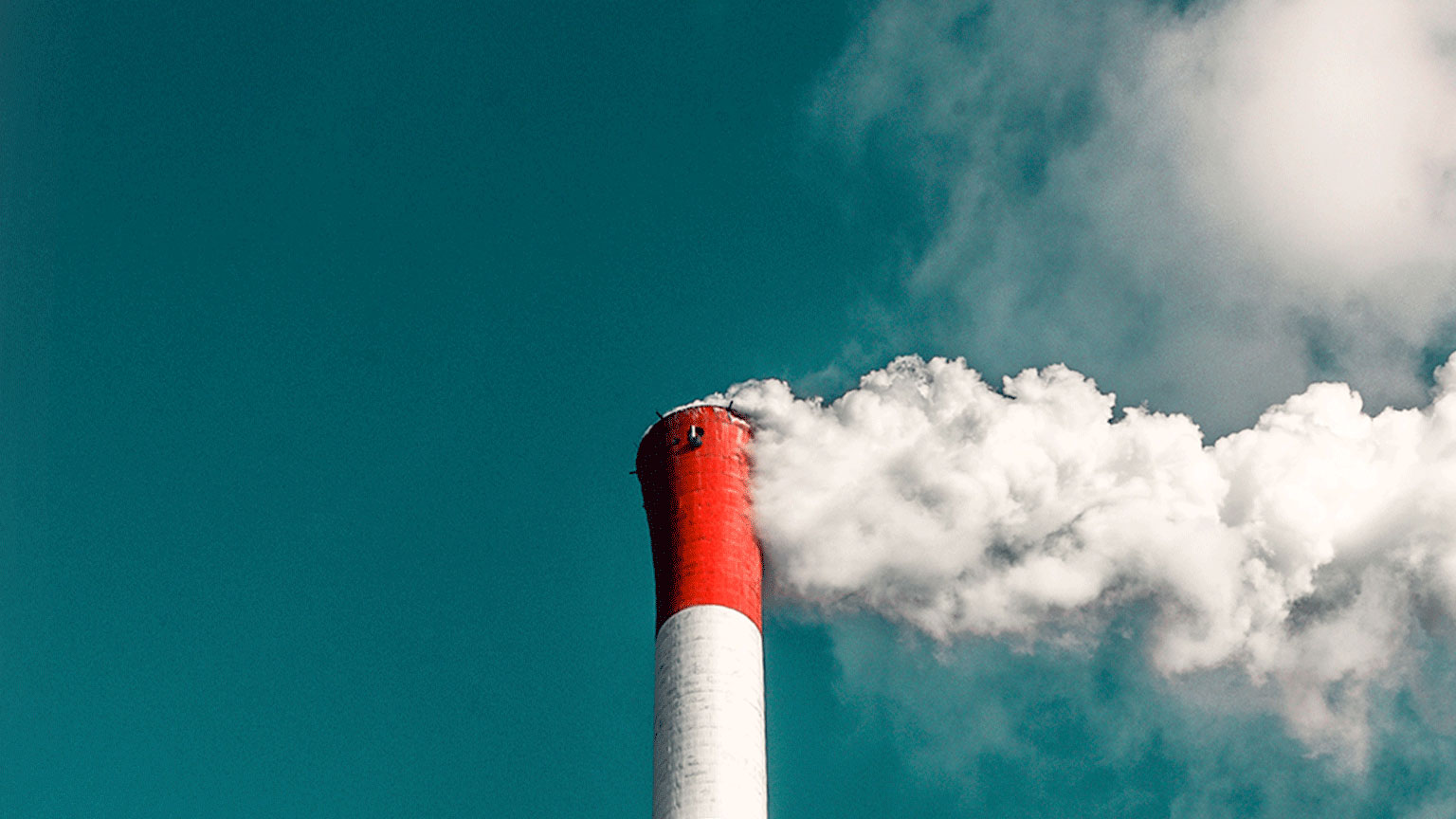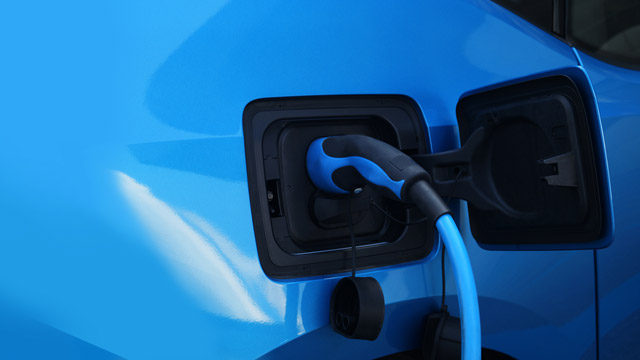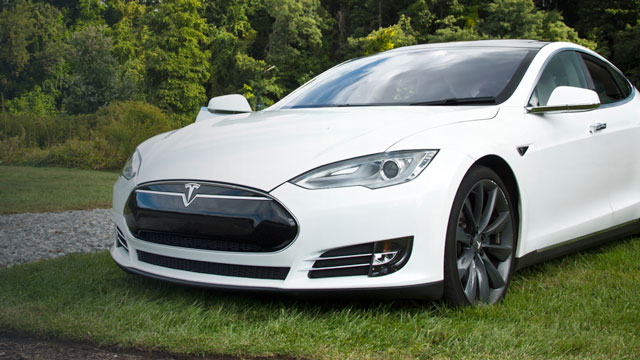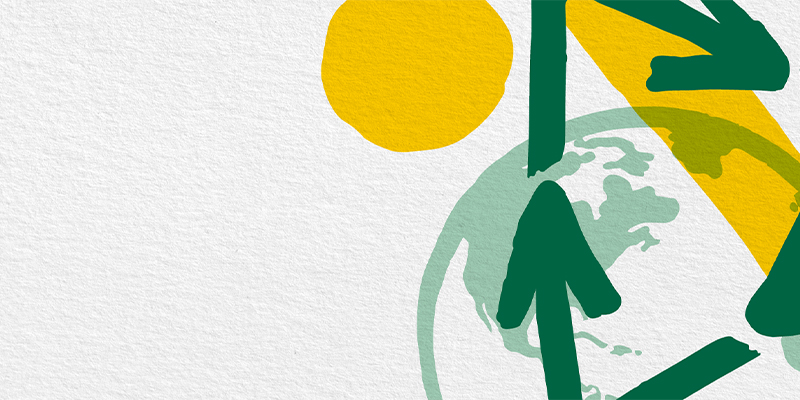Making the switch to green packaging brings huge benefits to the environment and could potentially boost your business on multiple fronts.
The next time you unwrap a parcel, observe how many layers of packaging material you need to tear through to finally get your item. It is estimated that up to seven types1 of packaging material go into a single parcel: tape, cardboard boxes, styrofoam padding, and bubble wrap are some common examples that protect goods during transport. Before a parcel arrives safely at the consumer’s door, it has already left a trail of environmental destruction in its wake. And all too often, this excess packaging ends up in the bin.
Packaging itself takes up almost a third of all plastics production, but only 14 percent of it will be recycled, according to a joint report by the World Economic Forum and Ellen MacArthur Foundation. And this plastic waste problem is escalating with the rise of e-commerce, which is expanding at an average rate of 20 percent a year worldwide. Global retail e-commerce sales were valued at US$2.29 trillion (€2.01 trillion) in 2017.
The amount of plastic used is a critical issue. In just over 60 years, mass production of plastics has reached 8.3 billion metric tonnes2, or the weight of one billion elephants. According to some reports3, an estimated eight million metric tonnes of plastic enter the oceans each year. In fact, there is a pile of plastic trash floating in the ocean between Hawaii and California today that is three times the size of France.
The Great Pacific garbage patch4, as it is called, is so large that some environmentalists have even called for the United Nations to classify it as a country. If current plastic production and waste management trends continue, it is projected that there will be 12 billion metric tonnes of plastic covering the globe by 2050, turning parts of the world into a sprawling dump.
Sustainable alternatives
The environmental situation is critical and needs to be addressed urgently. On this front, businesses and logistics companies have a big role to play. The good news is that the movement to go green is accelerating, with many of the biggest players in the industry opting for more eco-friendly options.
Take computer hardware giant Dell as an example. The company pioneered the use of bamboo packaging to protect some of its products during transport. Bamboo is an easily renewable and incredibly durable source with strength qualities equivalent to that of steel.
In fact, as part of its Global Green Packaging Strategy launched in 2008, Dell has committed to testing for renewable packaging materials to help drive cost and environmental savings. Apart from bamboo, it also tests materials such as pulp from sugar cane and mushrooms to create a bio-based, biodegradable product that resembles styrofoam.
“While it is great to look for innovative packaging materials, we have to be mindful about land use, monoculture, and the use of agricultural products for packaging. Also worth considering is the consumer’s knowledge of recycling alternative materials at the end of its life cycle,” pointed out Maurin Broil, Senior Expert Business Development, Corporate Shared Value, GoGreen, Deutsche Post DHL Group.
Swedish furniture giant IKEA is going one step further to stop using plastics altogether. The company is phasing out all single-use plastic products from its stores and restaurants, and is aiming for all its plastic products to be made using recycled material by 2020.
“Simply working towards being less bad will not get us where we need to be. We need transformational change, which means challenging old ways and embracing the new, being bold, innovative and committed to action,” said IKEA in its Sustainability Strategy for 2020 report5.
Sensing the gradual but inevitable shift in attitudes, more companies are looking to create new and more sustainable forms of packaging of their own.
British firm Woolcool has developed a sustainable insulated packaging option from a natural source — sheep’s wool. This packaging can maintain products in chilled, frozen and room temperatures, and can be reused up to four times. Woolcool estimates6 it has prevented 75 Olympic-sized swimming pools worth of polystyrene from being dumped into landfills in the past year.
In China, the world’s largest logistics market, where more than 40 billion parcels7 were shipped in 2017 alone, companies are focusing on research and development to reduce the massive environment damage from packaging waste.
Chinese startup Huidu Huanbao, for example, has developed a ZerOBox8 — a green recyclable packaging box which can be reused up to 14 times. The resources used are minimal: no tape or glue is required to seal the box, which is also waterproof, heat-resistant, and shockproof.
Meanwhile, e-commerce giant Alibaba’s logistics arm, Cainiao, is involving customers9 in its environmental efforts. Its new recycling program encourages customers to leave unwanted packaging boxes at specific collection points, which will be picked up by the company for reuse or recycle.
In fact, Cainiao is revamping its entire supply chain10 to enhance its sustainability efforts. The firm uses energy-efficient delivery vehicles for transport and has built ‘green warehouses’ with smart-packing technology that could potentially reduce the carbon footprint of five billion boxes.
Go green, cut costs
Apart from reducing the impact on the environment, sustainable packaging can also boost a company’s bottom-line.
To combat excessive packaging caused by empty space in each parcel, DHL worked with a customer in the United States to develop a cartonization system11 to select right-sized boxes for each shipment, increasing fill percentage and reducing overall number of shipments as a result.
Other companies have cut costs by transporting goods in flexible protective packages like bags and pouches, which occupy less space during transport.
Smithers Pira, an authority on the packaging supply chain, has estimated12 that flexible packaging sales will hit US$282.2 billion by 2022, up from US$219.5 billion in 2016.
Consumers are also getting more conscious about their own environmental footprint and the need for greener options. Studies have showed that there is a positive correlation13 between green packaging and positive branding, with many consumer advocacy groups promoting companies that use sustainable packaging.
Adopting a green packaging strategy makes sense on multiple fronts, from reducing harm to the environment to building brand loyalty. Businesses are becoming aware of how sustainable efforts can work to their advantage and are coming on board. There is indeed no better time to go green than now.
This article was originally published on Logistics of Things. Read more on how logistics impacts business, builds lasting connections and drives innovation.
4 - https://edition.cnn.com/2018/03/23/world/plastic-great-pacific-garbage-patch-intl/index.html
5 - https://www.ikea.com/gb/en/this-is-ikea/about-us/were-all-in-this-together-pubc8331c51
9 - https://www.alizila.com/cainiao-unveils-green-logistics-master-plan/
10 - https://www.alizila.com/cainiao-logistics-future-park-china/
11 - https://www.logistics.dhl/sg-en/home/all-products-and-solutions/green-logistics.html
12 - https://www.smitherspira.com/resources/2018/january/shift-to-flexible-packaging
